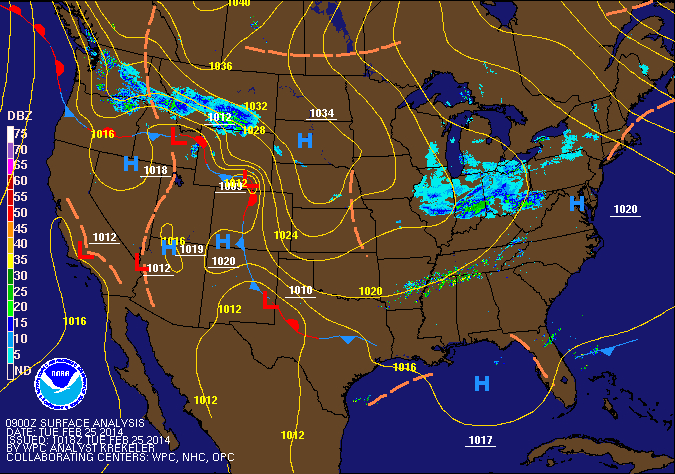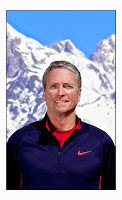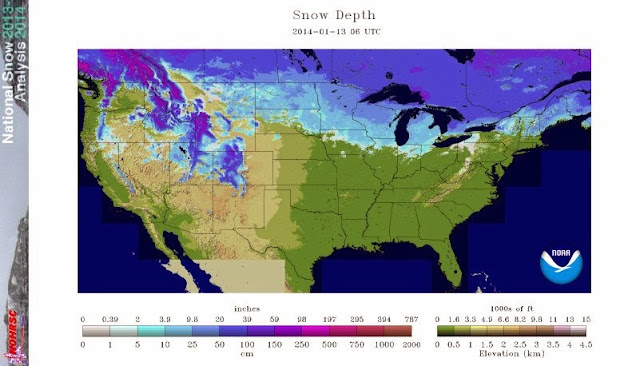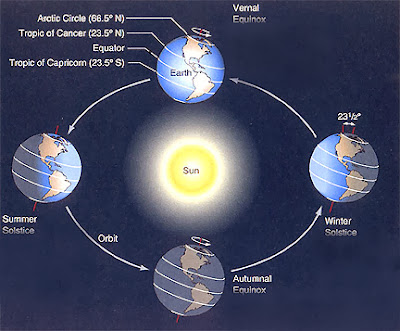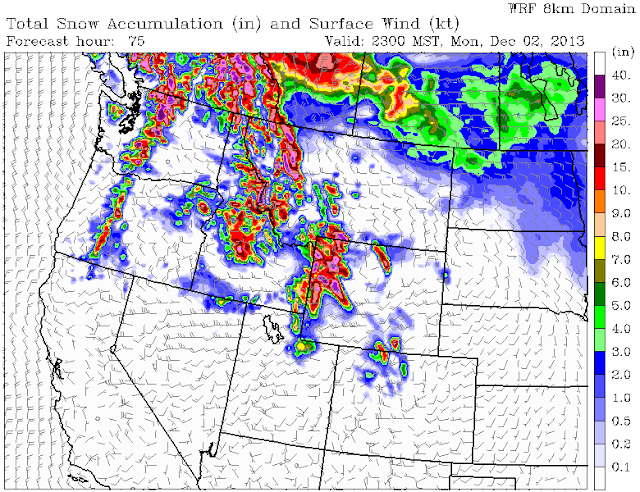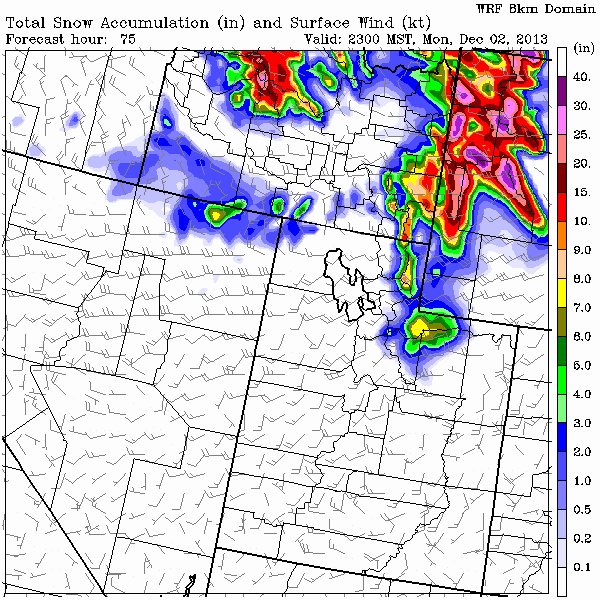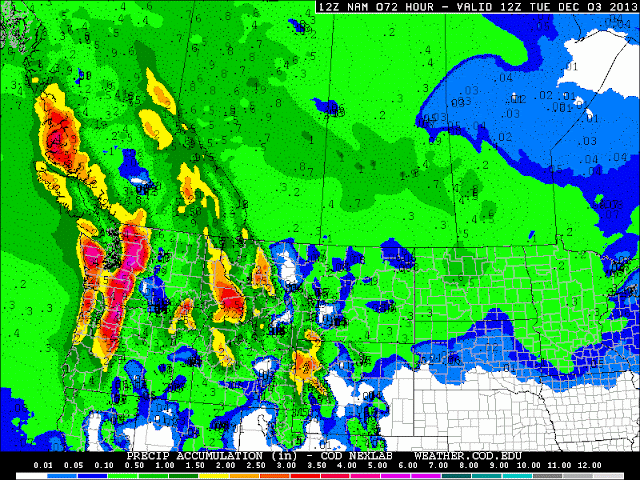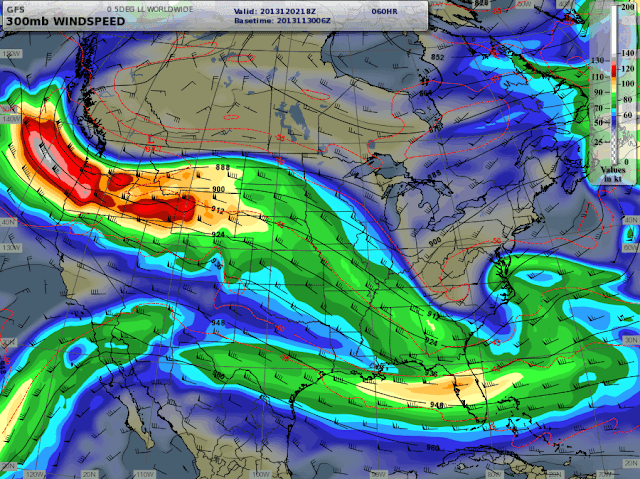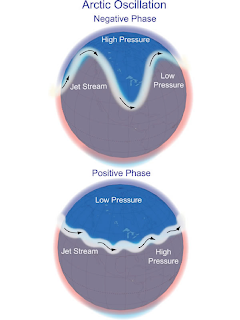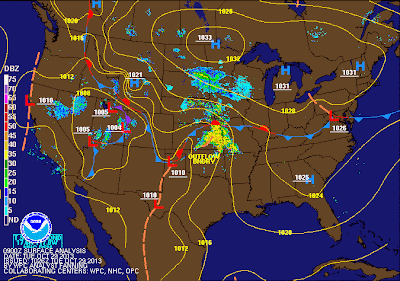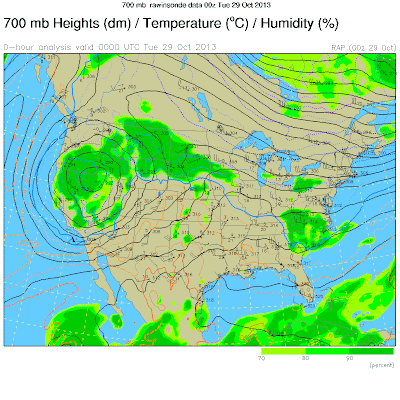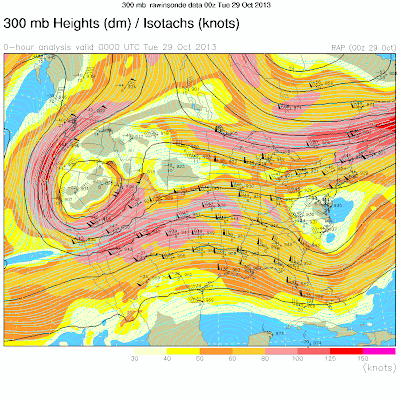 |
| Meteorologist Jim Woodmencey |
This article first appeared a week ago in the Jackson Hole News & Guide’s Mountain Weather column, by meteorologist Jim Woodmencey and is republished here on the mountainweather blog…….
To characterize the entire year 2013 in Jackson as “colder and drier” than normal, does not adequately describe the actual ups and downs of weather that we experienced here over the previous 12 months. So, in order to give you a better feel for what transpired weather-wise here in Jackson Hole in 2013, I will “break it down”, like an ESPN post-game analyst, quarter by quarter, or season by season.
Winter 2013: January- February
The winter of 2012-13 ended up with below normal precipitation and snowfall in town. Below normal precipitation would a recurring problem until the Fall of 2013.
Temperatures were also colder than normal to start the year, a theme that would also continue throughout the year. The coldest day of 2013 was on January 3rd, with a morning low of 22-degrees below zero.
Spring 2013: March-April-May
For the spring months, temperatures and precipitation stayed very close to average. April was the standout month, with colder than normal temps and above normal precip. The month of May was the snowiest of the three months, with just over 5 inches of snow in town. That was more snow than we had in March and April combined, which is a little out of whack.
Summer 2013: June-July-August
We had less than 50-percent of our normal precipitation in town for the three months of summer. June and August were especially dry. July actually registered a few hundredths of an inch above normal in the climate station rain bucket.
There were also a few notable days with severe thunderstorm activity, large hail, gusty downdraft winds, and one particularly large cell that passed over town in mid-June that looked like it could spawn a tornado at any moment.
Temperatures each month of the summer were about as close to the historic average as you can get. The hottest temperature of 2013, recorded at the Jackson Climate Station thermometer, was 86 degrees. That actually occurred twice in August, twice in July, and also one day at the end of June. We never “officially” hit 90 degrees all summer.
 |
| Big thunderstorm cell over Snow King Mountain in mid-June. Nice shot Chris! |
Fall 2013: September-October-November
Wet, cold, and snowy would be the best way to describe the fall season. Abundant precipitation in town helped make up for the low water amounts from summer. And snow was accumulating in the mountains by late September.
September was the wettest month this past year, with 2.91 inches of precip in town. The average in September is 1.27 inches. In October we had over 2 inches of precip, and 9 inches of snow was counted in town. That was more snow than we would get in November, and also more than we received in December!
Not surprisingly, September and October were much colder than normal. November was the only month in 2013 that recorded above normal temperatures, just barely. The average high in November 2013 was 40-degrees, which is normal. Average low in November 2013 was 19, the normal is 16 degrees.
Early Winter 2013: December
You could count the snowstorms we had in December on one hand: A good dump in early December, another decent snowfall a couple days before Christmas, and a few extra inches on New Year’s Eve to ring in 2014.
We had about half of our normal precipitation this past December, and less than half of our normal snowfall. Only 7 inches of snow recorded in Town, average December snowfall is 17 inches. (Note: some observations were missing, so this number may be misleading).
One thing is for sure, December 2013 was colder than average, with the month’s average high at 26 degrees, or two degrees below normal. The average low for the month of one degree was six degrees below normal.
Summary of 2013
If you compare 2013’s annual precipitation totals and the average temperatures for the year to the historic averages, then “colder and drier than normal” does sum it up for Jackson’s weather in 2013.
The average annual high temperature was three degrees colder than normal, and average annual low temperature was right at normal. Precipitation was 86-percent of normal for the year and annual snowfall, for the calendar year in town, was 58% of normal.
|
Annual Weather Stats for 2013 compared to Historic Averages
|
|
|
Annual
High Temp
|
Annual
Low Temp
|
Annual
Precipitation
|
Annual Snowfall
|
|
The Year
2013
|
51°F
|
23°F
|
13.69 inches
|
45 inches
|
|
Historic Averages
|
54°F
|
23°F
|
15.83 inches
|
77 inches
|
|
Note: Historic data is from the Jackson Climate Station 1905-2012
|
(Note: This post is from the Jackson Hole News and Guide Mountain Weather Column, January 8, 2014)

